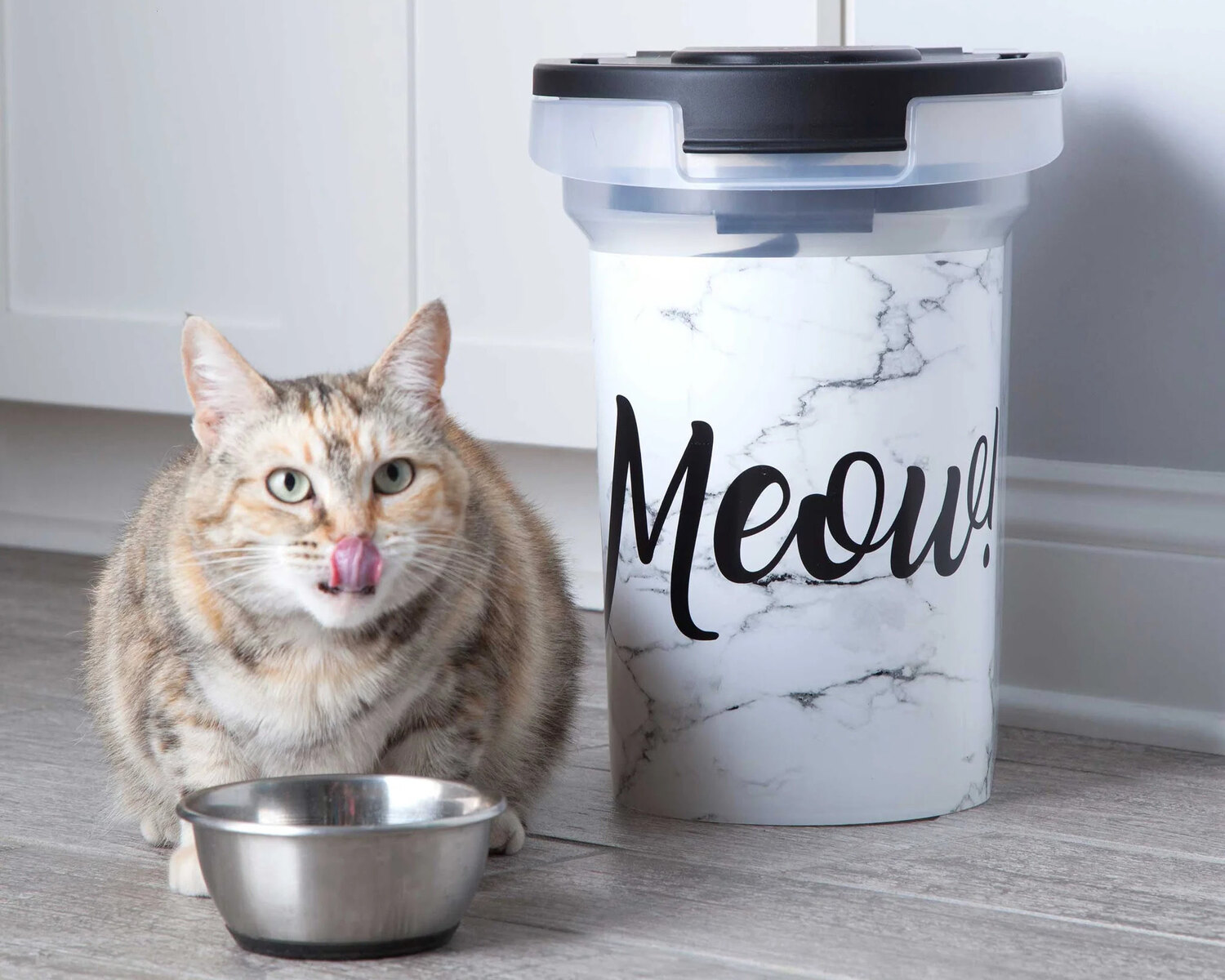

Articles
How To Store Cat Food
Modified: January 19, 2024
Learn the best methods for storing cat food in this informative guide. Find articles on proper storage techniques to keep your pet's food fresh and safe.
(Many of the links in this article redirect to a specific reviewed product. Your purchase of these products through affiliate links helps to generate commission for Storables.com, at no extra cost. Learn more)
Introduction
Welcome to our comprehensive guide on how to properly store cat food. As cat owners, it’s essential to ensure that the food we provide for our feline companions remains fresh and nutritious for their overall health and well-being. Many cat owners may overlook the importance of proper storage, but it plays a significant role in preserving the quality and taste of cat food, as well as preventing foodborne illnesses.
In this article, we will explore the various aspects of cat food storage, including the importance of proper storage, choosing the right food container, storing both dry and wet cat food, avoiding common mistakes, and tips for keeping cat food fresh. By following these guidelines, you can enhance the longevity and quality of your cat’s food, providing them with optimal nutrition.
So, let’s delve into the world of cat food storage and discover the best practices to ensure the health and happiness of our feline friends.
Key Takeaways:
- Proper cat food storage is crucial for maintaining freshness, preserving nutrients, and preventing contamination, ensuring your feline friend receives high-quality, safe, and delicious meals.
- Choosing the right food container, storing dry and wet cat food properly, and avoiding common mistakes are essential for maximizing the freshness and safety of your cat’s food.
Read more: How To Store Cat Toys
Importance of Proper Cat Food Storage
The way we store cat food can have a significant impact on its quality, taste, and nutritional value. Proper cat food storage is crucial for several reasons:
- Prolongs Shelf Life: By storing cat food correctly, you can extend its shelf life, ensuring that it remains fresh and safe for your cat to consume. This is especially important when purchasing cat food in bulk to save money.
- Preserves Nutritional Value: Cat food contains essential nutrients that contribute to your cat’s overall health and well-being. Proper storage helps preserve these nutrients, ensuring that your cat receives the necessary vitamins, minerals, and proteins from their food.
- Prevents Spoilage and Contamination: When cat food is exposed to air, light, moisture, or heat, it can quickly spoil and become a breeding ground for bacteria. Ingesting spoiled or contaminated food can lead to digestive issues and even food poisoning in cats.
- Maintains Flavor and Texture: Cats are known for their discerning palates, and they rely on the taste and texture of their food to satisfy their appetites. Proper storage methods help retain the flavor and texture of cat food, ensuring that your furry friend will continue to enjoy their meals.
- Prevents Pest Infestation: Improperly stored cat food can attract pests, such as ants, rodents, and insects. These pests not only contaminate the food but can also cause hygiene concerns and potential health risks for both cats and humans in the household.
In essence, proper cat food storage is essential for maintaining the quality, safety, and nutritional value of the food. By taking the necessary steps to store cat food correctly, you can ensure that your cat receives the best possible nourishment and reduce the risk of foodborne illnesses.
Choosing the Right Food Container
The choice of a suitable food container is paramount when it comes to proper cat food storage. Here are some factors to consider when selecting the right food container:
- Material: Opt for food containers made of high-quality, food-grade materials, such as stainless steel, glass, or BPA-free plastic. These materials are durable, non-toxic, and resistant to absorbing odors and flavors from the food.
- Airtight Seal: Look for containers with airtight seals to prevent air and moisture from entering. This helps to keep the cat food fresh and prevents spoilage. A good seal also helps to preserve the aroma and flavor of the food, which is important for a cat’s appetite.
- Size and Capacity: Consider the size and capacity of the food container based on your cat’s needs and the amount of food you typically store. It’s essential to choose a container that can comfortably accommodate the entire bag or can of cat food without overcrowding or leaving excess air space.
- Ease of Use: Select a container that is easy to open, close, and pour. This makes it convenient for you to access the cat food while maintaining its freshness. Look for containers with wide openings or pour spouts for hassle-free dispensing.
- Transparent: Opt for transparent or semi-transparent containers that allow you to see the remaining quantity of cat food easily. This helps to keep track of when it’s time to replenish the supply and allows you to monitor the condition of the food.
- Easy to Clean: Choose food containers that are easy to clean to maintain proper hygiene. Look for containers that are dishwasher-safe or have smooth surfaces that can be easily wiped clean.
Remember to label the food container with the type of cat food, expiry date, and feeding instructions to ensure proper rotation and avoid confusion.
By selecting the right food container for your cat food storage, you can create an optimal environment that promotes freshness, prevents contamination, and extends the shelf life of the food.
Storing Dry Cat Food
Proper storage of dry cat food is essential to maintain its freshness and nutritional value. Here are some tips for storing dry cat food:
- Keep it in its Original Packaging: Dry cat food is usually packaged in bags that are designed to protect the food from air and moisture. It is best to keep the food in its original packaging as long as the bag remains unopened and in good condition. The manufacturers often use materials that help preserve the freshness and quality of the food.
- Transfer to Airtight Container: If you prefer to remove the food from the original packaging or if the bag has been opened, transfer the dry cat food to an airtight container. This will help to maintain its freshness and prevent it from being exposed to air, which can cause the food to degrade and become stale.
- Store in a Cool, Dry Place: Dry cat food should be stored in a cool, dry place away from direct sunlight, heat sources, and humidity. High temperatures and moisture can promote the growth of bacteria and mold, leading to food spoilage and potential health risks for your cat.
- Avoid Overfilling: When transferring dry cat food to a container, avoid overfilling it. Leave some space at the top to accommodate the required amount of food and to ensure that the container can be properly sealed to maintain freshness.
- Rotate the Food: Practice the “first in, first out” rule to ensure that the oldest dry cat food gets used first. Before refilling the container, check the expiration date on the bag and use the older food before opening a new bag. This helps to prevent feeding your cat stale or expired food.
- Monitor for Pest Infestation: Regularly check the storage area and the container for any signs of pest infestation. Make sure there are no ants, rodents, or insects that may be attracted to the food. If you notice any signs of pests, take appropriate measures to eliminate them and store the food in a more secure location.
Remember to always check the label for any specific storage instructions provided by the cat food manufacturer. Following these guidelines will help to maintain the integrity and quality of the dry cat food, ensuring that your furry friend receives the best nourishment with every meal.
Store dry cat food in a cool, dry place in its original packaging or an airtight container to maintain freshness. Keep it away from direct sunlight and moisture to prevent spoilage.
Storing Wet Cat Food
Storing wet cat food properly is crucial to preserve its freshness and prevent bacterial contamination. Here are some tips for storing wet cat food:
- Refrigerate After Opening: Once you open a can or pouch of wet cat food, promptly refrigerate any unused portions. The cold temperature of the refrigerator helps to slow down the growth of bacteria and maintain the food’s freshness.
- Use a Sealable Container: Transfer the remaining wet cat food to a sealable container for storage in the refrigerator. Look for containers with a tight-fitting lid to prevent air exposure and keep the food from absorbing odors from other items in the fridge.
- Label and Date: It’s essential to label the container with the date of opening and the type of cat food. This allows you to use the oldest food first and avoid feeding your cat expired or spoiled food.
- Follow Storage Guidelines: Different brands of wet cat food may have specific storage instructions provided on the packaging. It’s important to follow these guidelines to ensure the food remains safe for consumption. Some brands may recommend refrigerating at specific temperatures or using the food within a certain number of days after opening.
- Discard Unused Food Promptly: Wet cat food can spoil more quickly than dry food, so it should be discarded if left uneaten for an extended period. Generally, it is recommended to discard any leftover wet cat food after 24-48 hours in the refrigerator to reduce the risk of bacterial growth.
- Avoid Serving Chilled Food: Before serving the refrigerated wet cat food, allow it to come to room temperature. Cats prefer their food at a slightly warm temperature, and serving chilled food may deter them from eating.
- Monitor for Signs of Spoilage: Before each feeding, inspect the wet cat food for any signs of spoilage. Look for changes in color, texture, or odor that may indicate the food is no longer fresh. If you notice any abnormal signs, it’s best to discard the food and open a fresh portion for your cat.
By following these guidelines, you can ensure that your cat’s wet food remains safe, fresh, and appetizing for each meal.
Read more: How To Store Cat Litter
Avoiding Common Mistakes in Cat Food Storage
Proper cat food storage involves more than just choosing the right container and following basic guidelines. It’s important to avoid common mistakes that can compromise the quality and safety of the cat food. Here are some key mistakes to avoid:
- Leaving Food Exposed: One common mistake is leaving cat food exposed to air, light, or moisture. This can lead to faster spoilage and nutrient degradation. Always store cat food in containers with airtight seals to prevent exposure to external elements.
- Neglecting Expiry Dates: It’s crucial to check the expiry dates on the cat food packaging and use the oldest food first. Feeding your cat expired food can lead to digestive issues and potentially harmful consequences. Prioritize proper rotation and discard any expired cat food.
- Storing Near Heat Sources: Placing cat food near heat sources, such as ovens, stoves, or direct sunlight, can accelerate spoilage and nutrient breakdown. Store cat food in a cool, dry place away from any sources of heat to maintain its quality.
- Overstocking: Buying cat food in large quantities to save money is understandable, but it’s essential to avoid overstocking. Cat food can degrade over time, even if stored correctly. Only purchase what your cat can consume within a reasonable period to ensure freshness.
- Not Cleaning Containers: Reusing containers without proper cleaning can introduce contaminants and compromise the new batch of cat food. Always clean food containers with warm, soapy water and rinse thoroughly before refilling them with fresh food.
- Ignoring Pest Control: Neglecting to implement proper pest control measures can lead to pest infestations in your cat’s food. Regularly inspect the storage area, container, and surrounding environment for any signs of pests, and take immediate action to address the issue.
- Using Damaged Packaging: Do not use cat food packaging that is torn, damaged, or compromised. This can allow air, moisture, pests, and contaminants to access the food. Transfer the food to a proper container if the packaging is no longer intact.
By avoiding these common mistakes, you can ensure that your cat’s food remains fresh, nutritious, and safe for consumption, providing optimal health benefits for your feline friend.
Tips for Keeping Cat Food Fresh
Keeping cat food fresh is essential to maintain its quality and ensure that your furry friend receives optimal nutrition. Here are some tips to help you keep cat food fresh:
- Buy in Smaller Quantities: Whenever possible, purchase cat food in smaller quantities that can be consumed within a reasonable time frame. This helps to prevent food from sitting around for too long and potentially losing its freshness.
- Store in a Cool, Dry Place: Cat food should be stored in a cool, dry place away from direct sunlight, heat sources, and humidity. High temperatures and moisture can accelerate the degradation of the food, leading to spoilage and nutrient loss.
- Keep the Packaging Intact: To preserve freshness, it’s best to keep cat food in its original packaging until it’s ready to be used. The packaging is specifically designed to protect the food from air, light, and moisture, helping to maintain its quality for a longer period of time.
- Seal Properly: Whether using the original packaging or transferring to a container, ensure that the cat food is tightly sealed to prevent air exposure. Airtight seals help to preserve the freshness, flavor, and texture of the food.
- Keep Away from Strong Odors: Cat food has a strong scent that can easily absorb other odors. Store cat food away from strong-smelling items, such as cleaning products or perfumes, to prevent the food from taking on unwanted odors that may deter your cat from eating.
- Avoid Freezing Wet Cat Food: While it’s safe to freeze dry cat food, it’s generally not recommended to freeze wet cat food. Freezing can alter the texture and taste of the food, making it less palatable for your cat.
- Monitor Storage Conditions: Regularly check the storage area for any signs of moisture, pests, or other potential contaminants. Ensure that the containers are clean and in good condition, and address any issues promptly to maintain the freshness and safety of the cat food.
- Rotate the Stock: As mentioned earlier, it’s important to follow the “first in, first out” rule. Use older cat food before opening new packages to prevent food from going to waste and to ensure that your cat is always consuming the freshest food available.
- Discard Expired Food: Lastly, regularly check the expiration dates on the cat food packaging. If the food has expired, discard it immediately. Feeding your cat expired food can lead to health issues and may compromise their well-being.
By implementing these tips, you can ensure that your cat’s food remains fresh, flavorful, and nutritious, providing them with the best possible dining experience.
Conclusion
Properly storing cat food is crucial for maintaining its freshness, preserving its nutritional value, and ensuring the well-being of our feline companions. By following the guidelines outlined in this comprehensive guide, you can provide your cat with high-quality food that is safe, delicious, and full of essential nutrients.
We discussed the importance of proper cat food storage, including the benefits of prolonging shelf life, preserving nutritional value, preventing spoilage and contamination, maintaining flavor and texture, and avoiding pest infestation. By understanding these reasons, we can appreciate the significance of proper storage practices.
Choosing the right food container is another vital aspect of cat food storage. Selecting containers made of high-quality materials, with airtight seals, proper size and capacity, and ease of use, ensures that the food remains fresh and easily accessible whenever your cat needs it.
When it comes to storing dry cat food, keeping it in its original packaging and transferring it to an airtight container, storing it in a cool and dry place, and implementing proper rotation techniques are essential for maintaining freshness and quality.
For wet cat food, refrigerating promptly after opening, using sealable containers, adhering to storage guidelines, and discarding unused portions after a certain period are all key practices to prevent spoilage and bacterial contamination.
Avoiding common mistakes such as leaving food exposed, neglecting expiry dates, storing near heat sources, overstocking, not cleaning containers, ignoring pest control, and using damaged packaging are crucial for maintaining the integrity and safety of the cat food.
Finally, incorporating tips like purchasing in smaller quantities, storing in a cool and dry place, sealing properly, keeping away from strong odors, monitoring storage conditions, and rotating the stock help to maximize the freshness and quality of the cat food.
In conclusion, by following these guidelines, you can ensure that your beloved cat receives the best possible nutrition from their food. Proper cat food storage is not only essential for their overall health and well-being, but it also ensures that mealtime remains a delightful experience for both you and your feline friend.
Frequently Asked Questions about How To Store Cat Food
Was this page helpful?
At Storables.com, we guarantee accurate and reliable information. Our content, validated by Expert Board Contributors, is crafted following stringent Editorial Policies. We're committed to providing you with well-researched, expert-backed insights for all your informational needs.
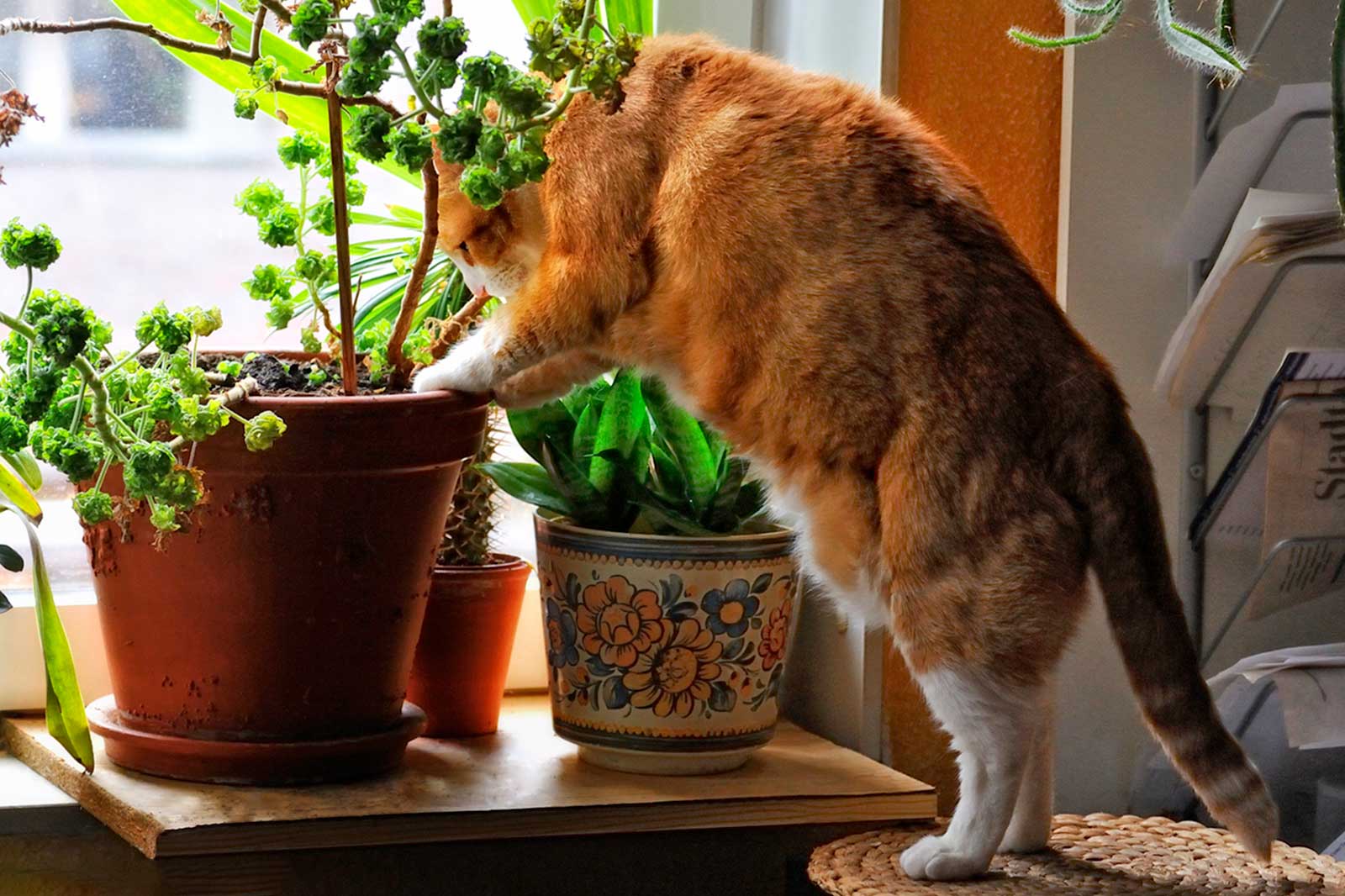
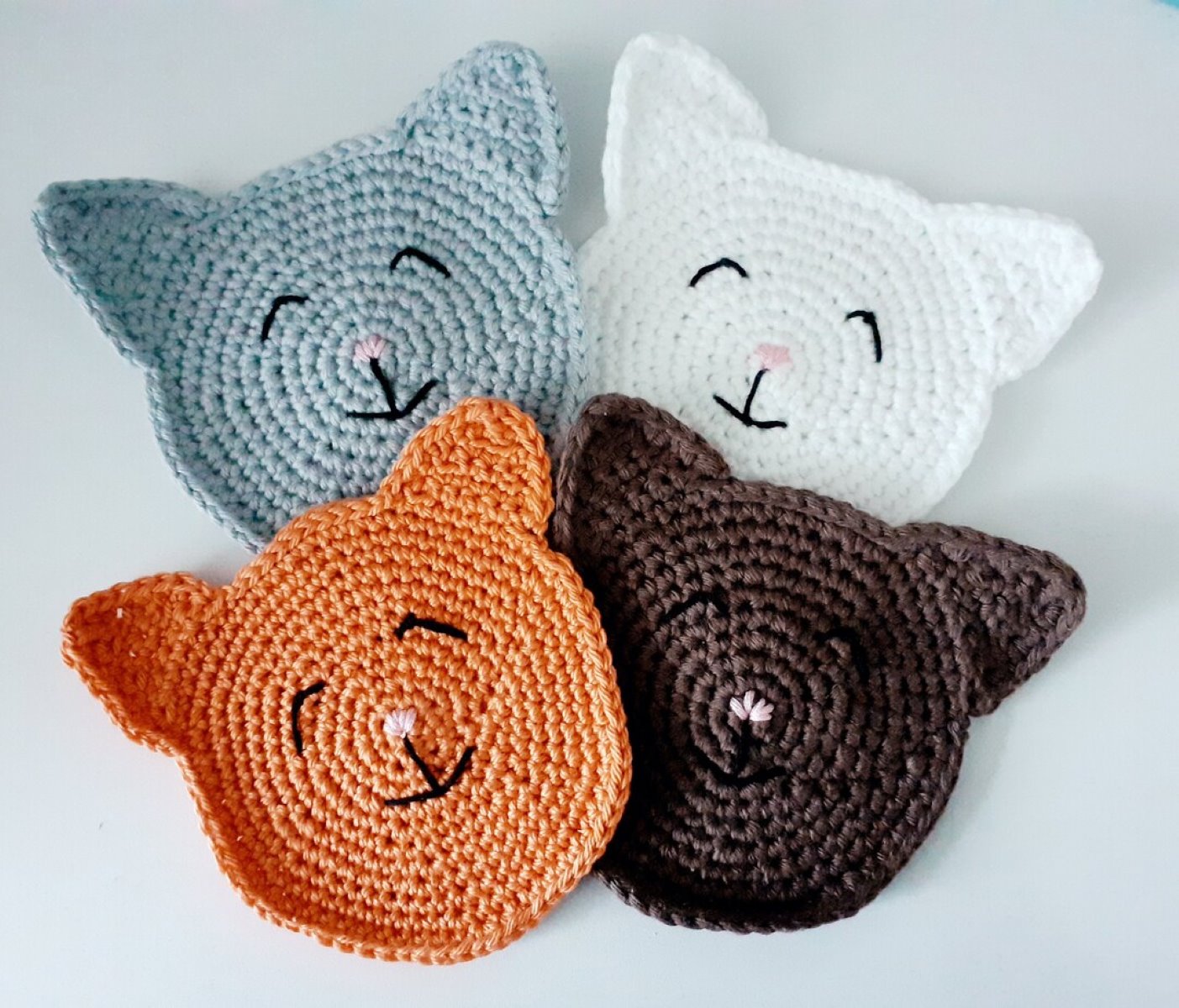
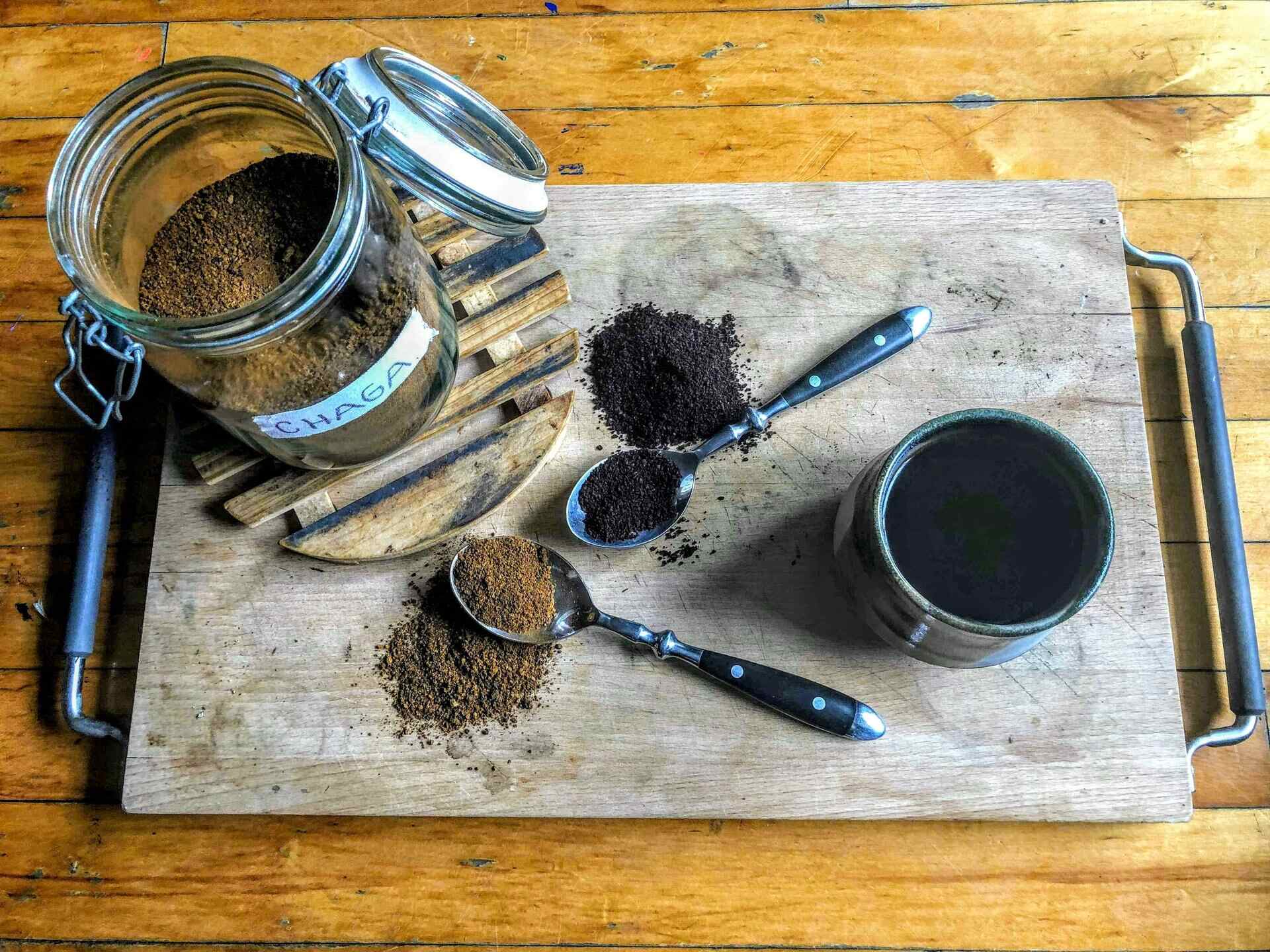
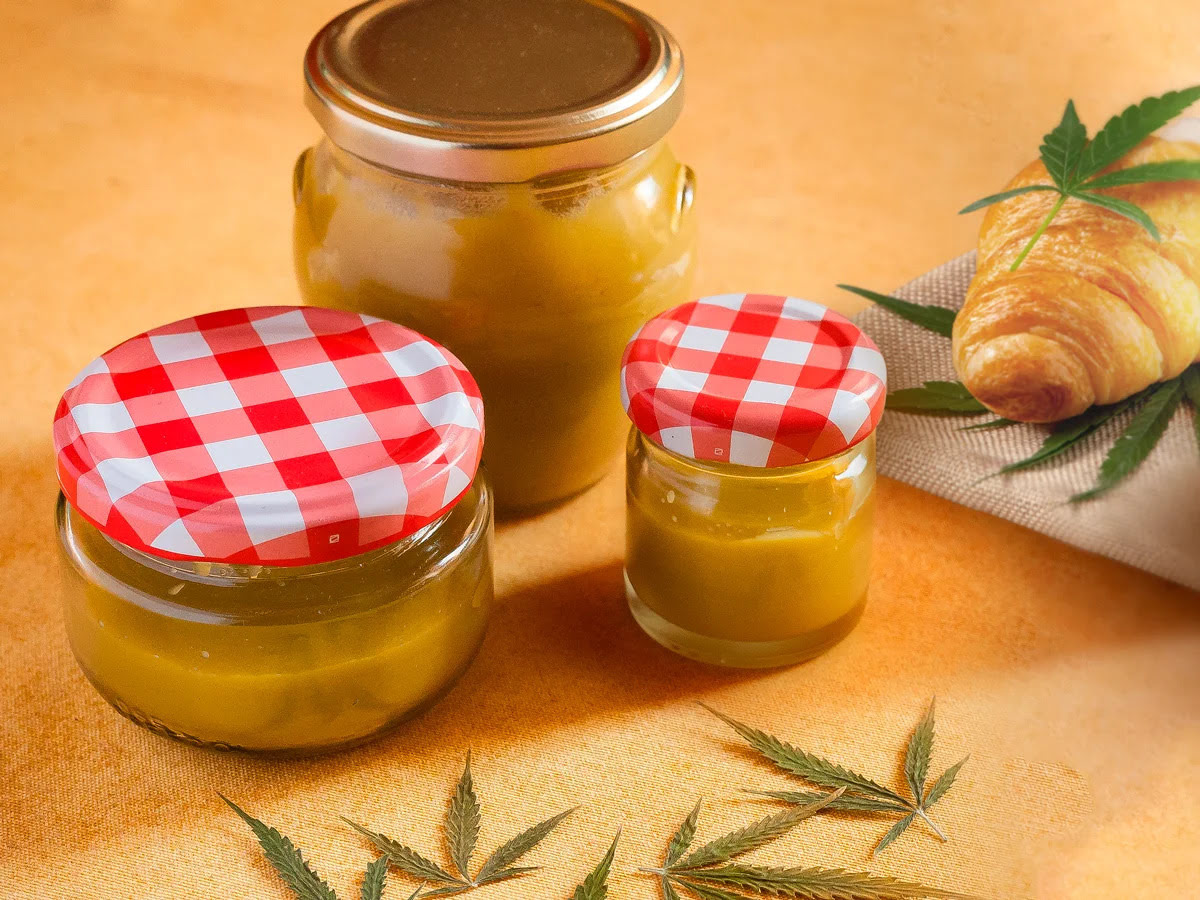
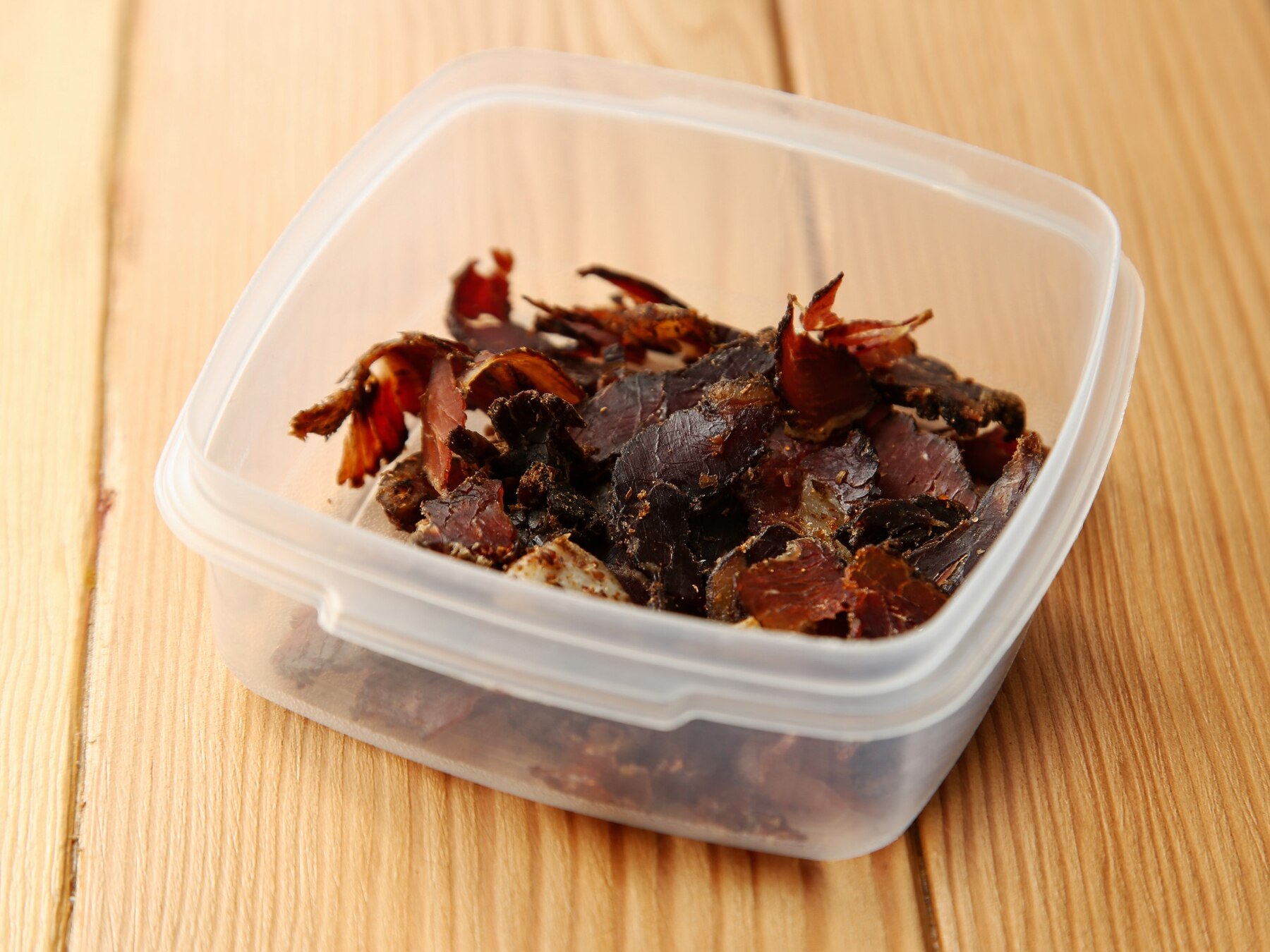
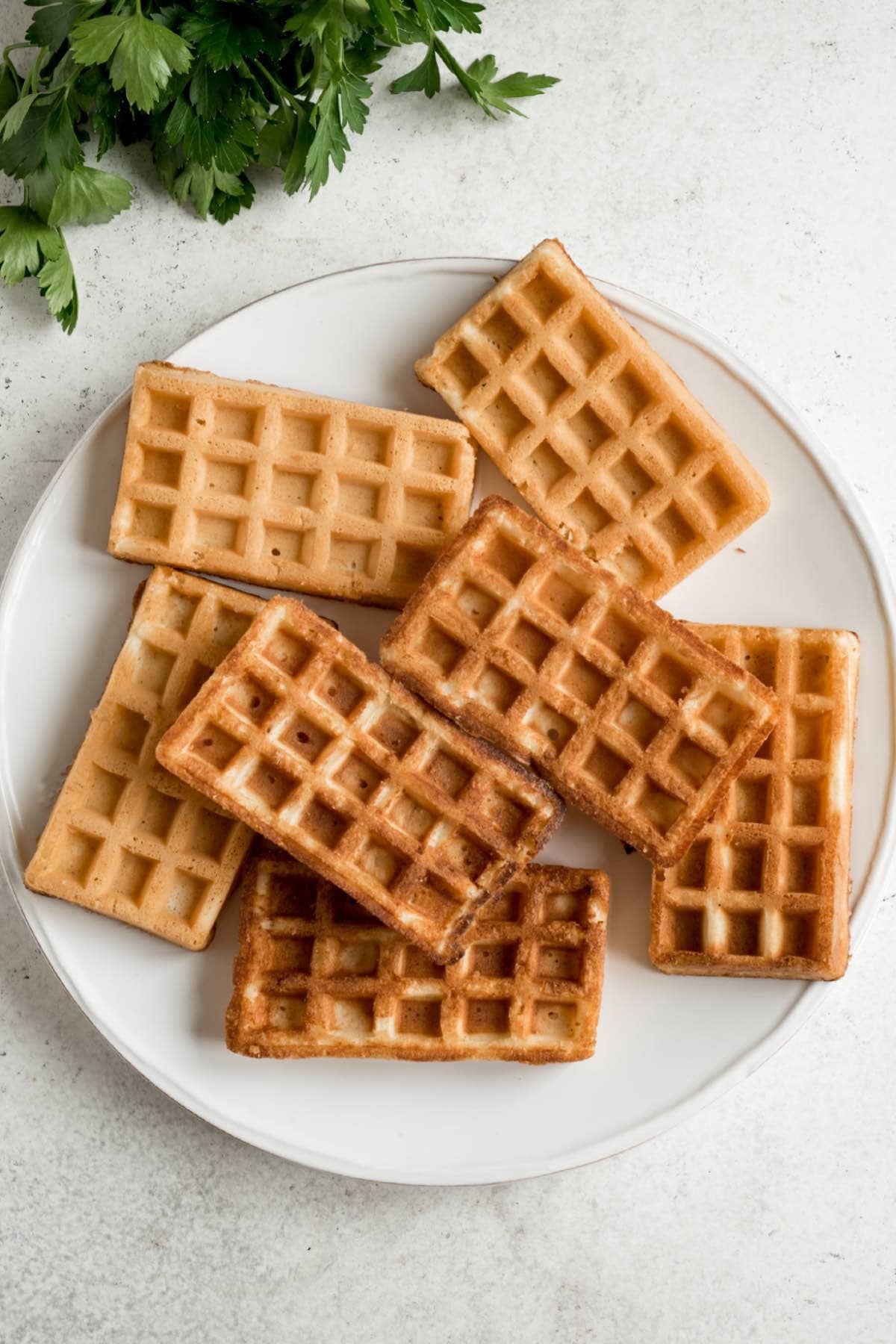
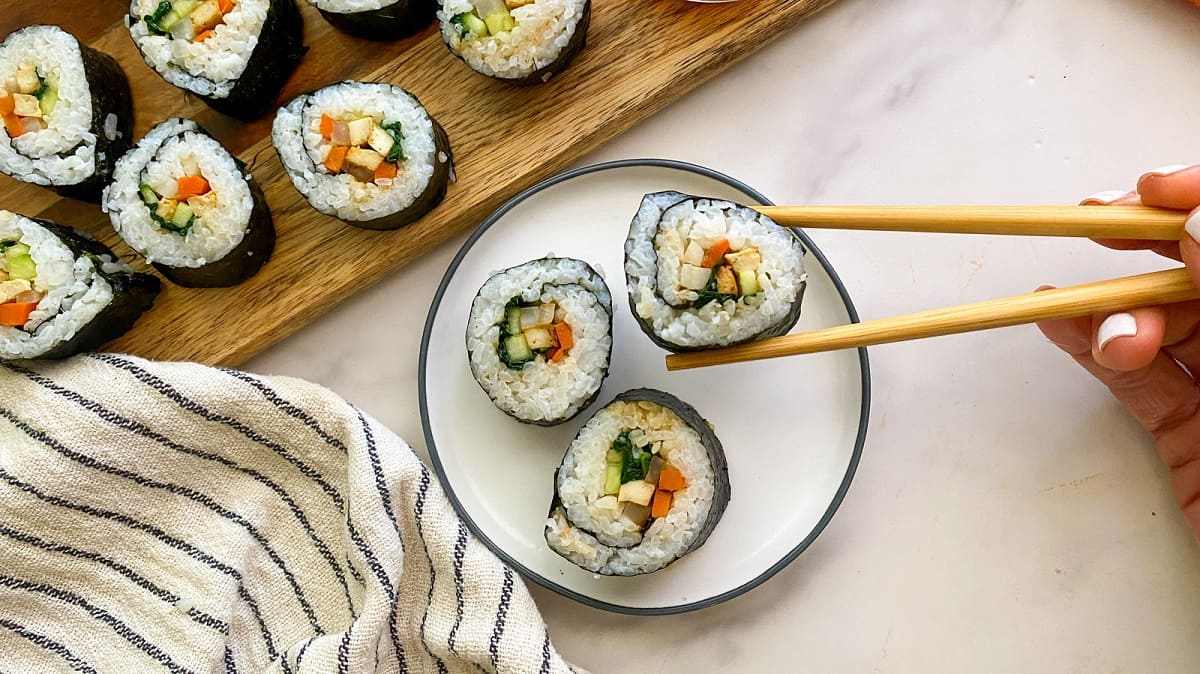
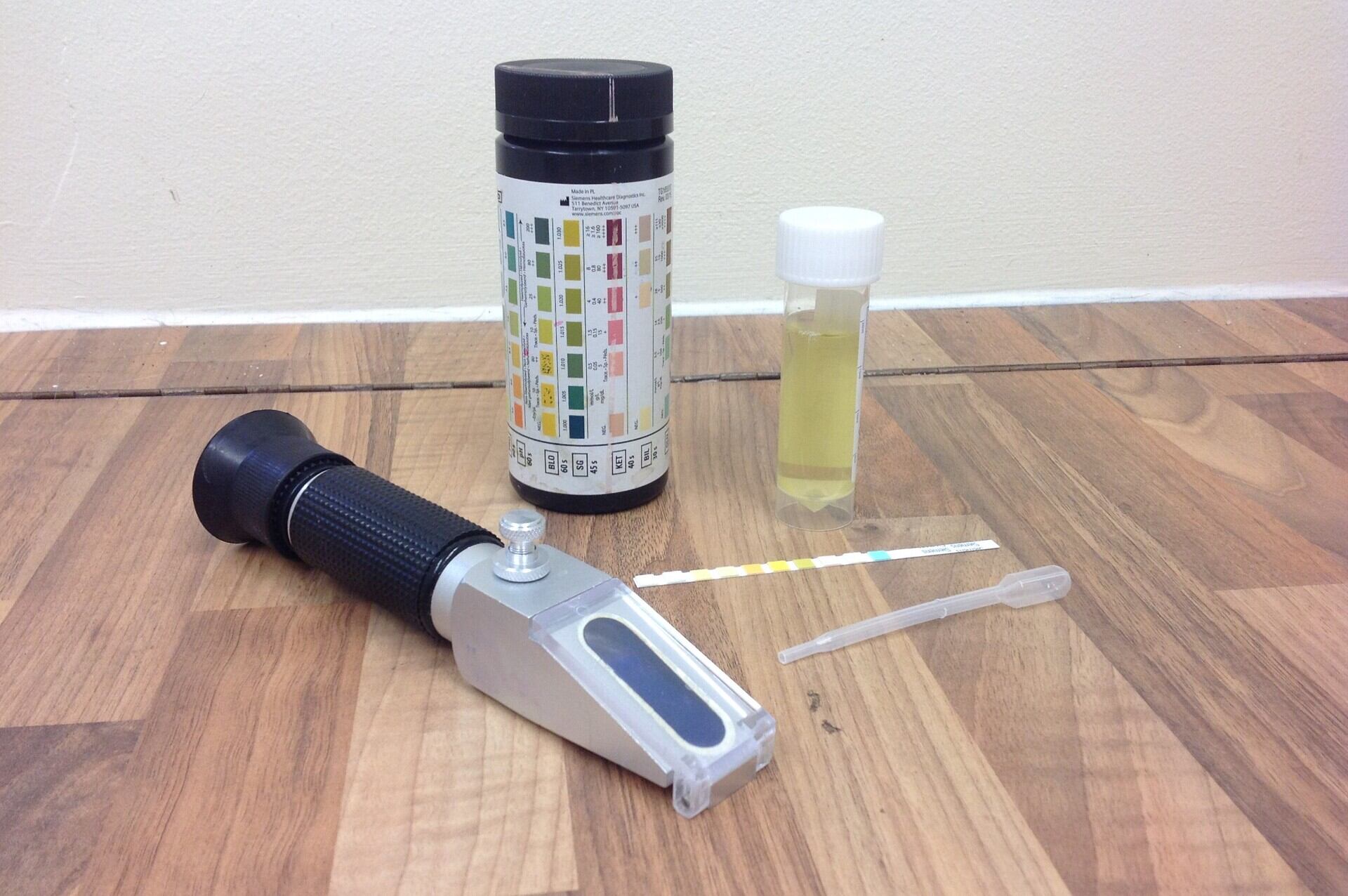
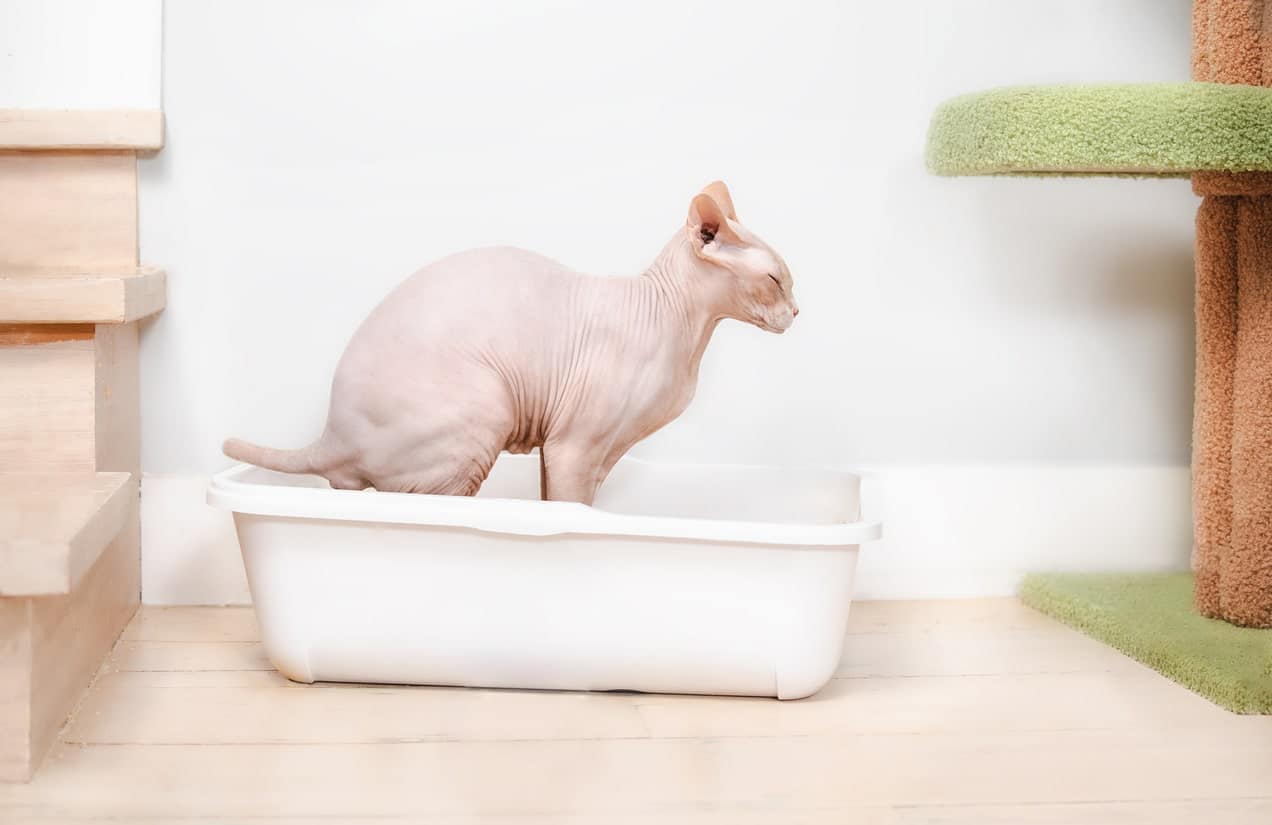
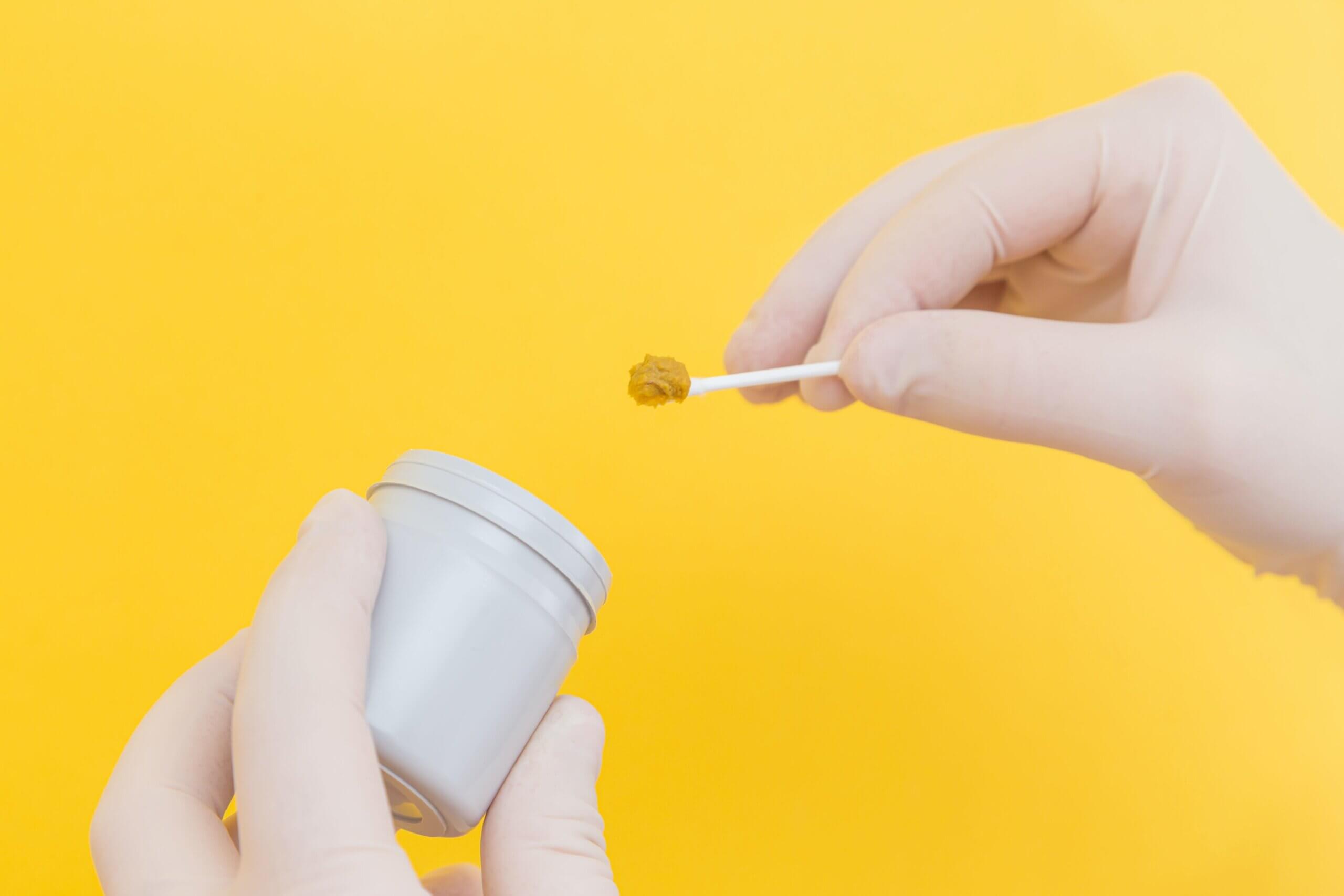
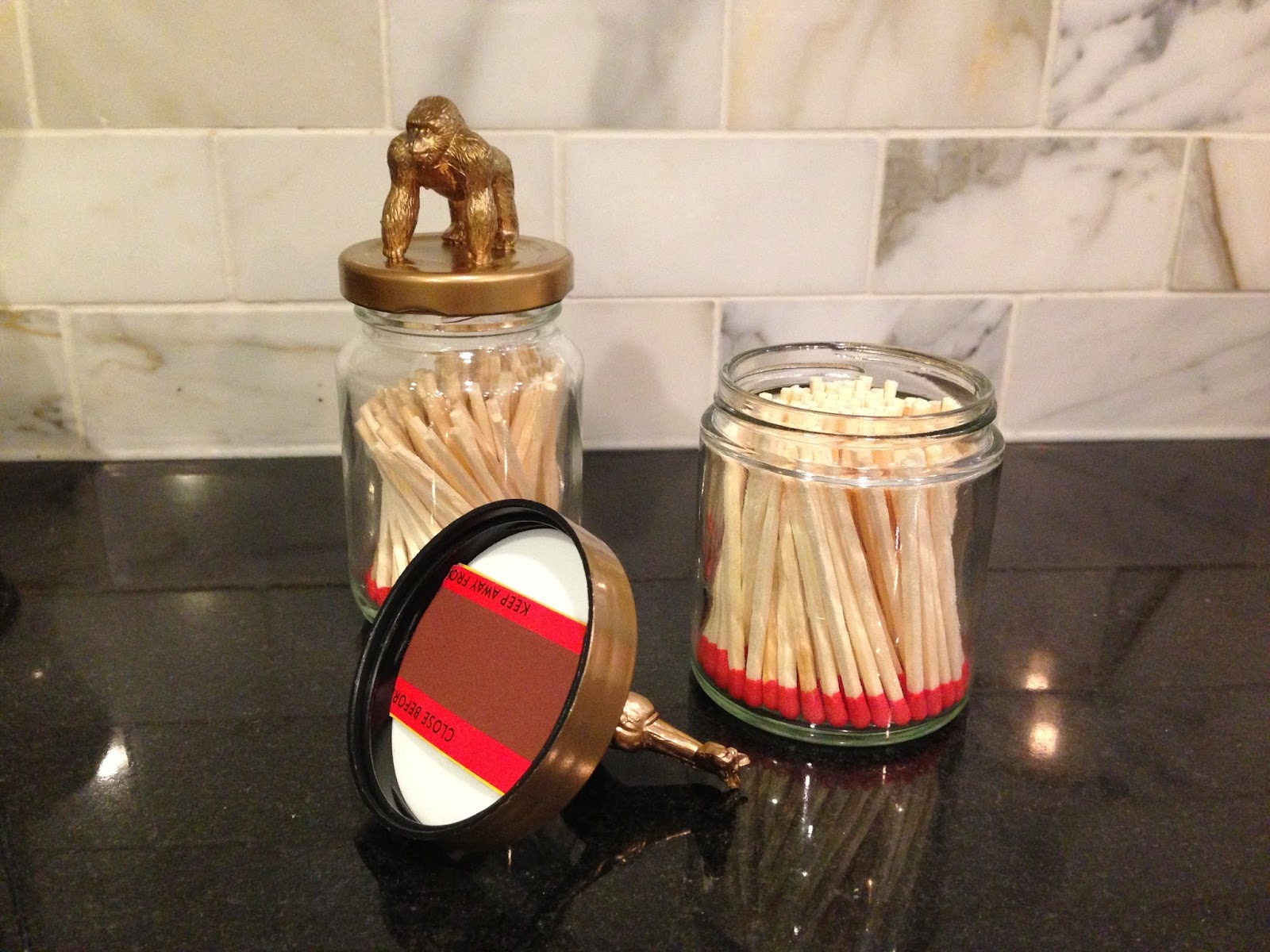
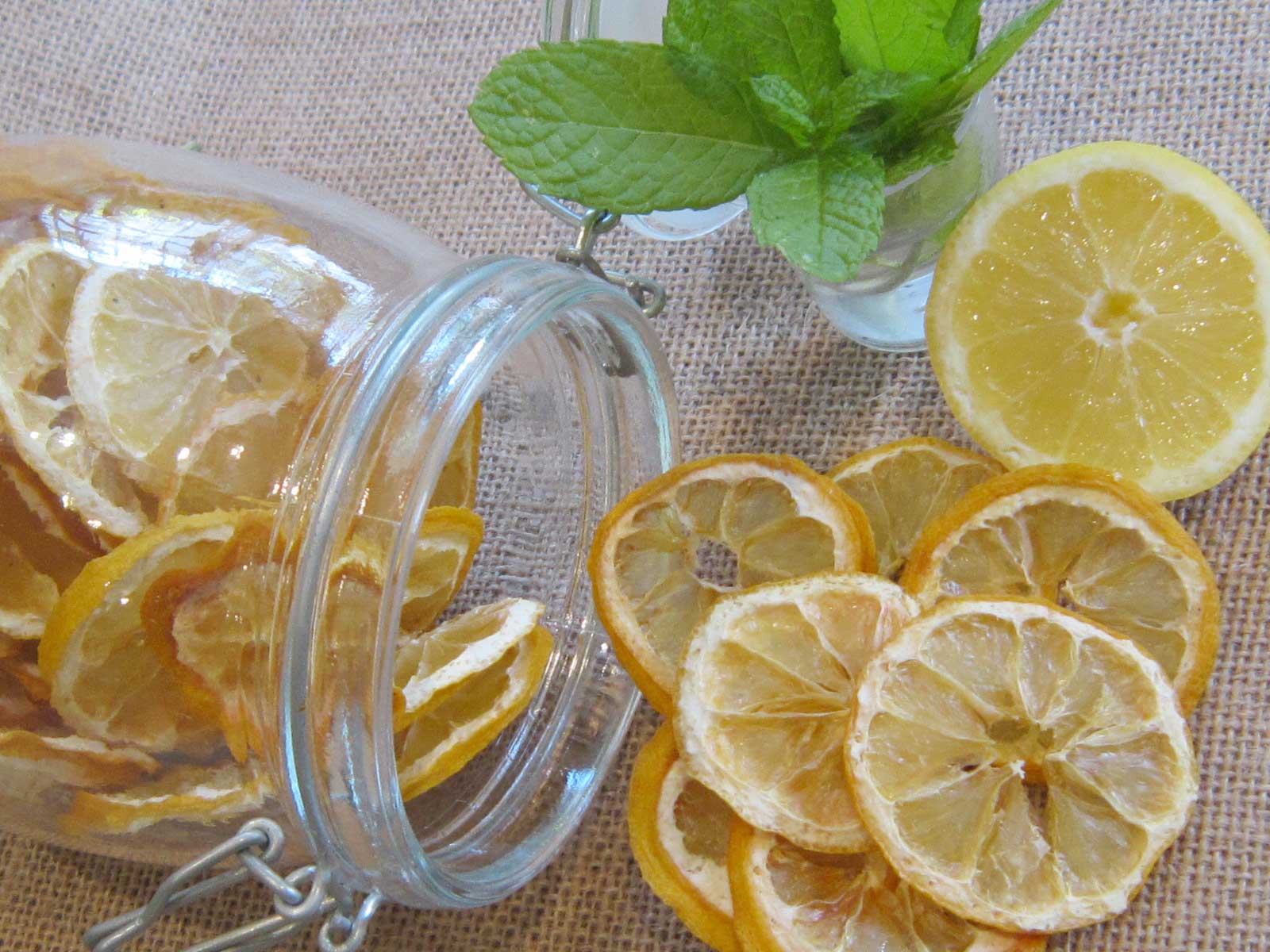

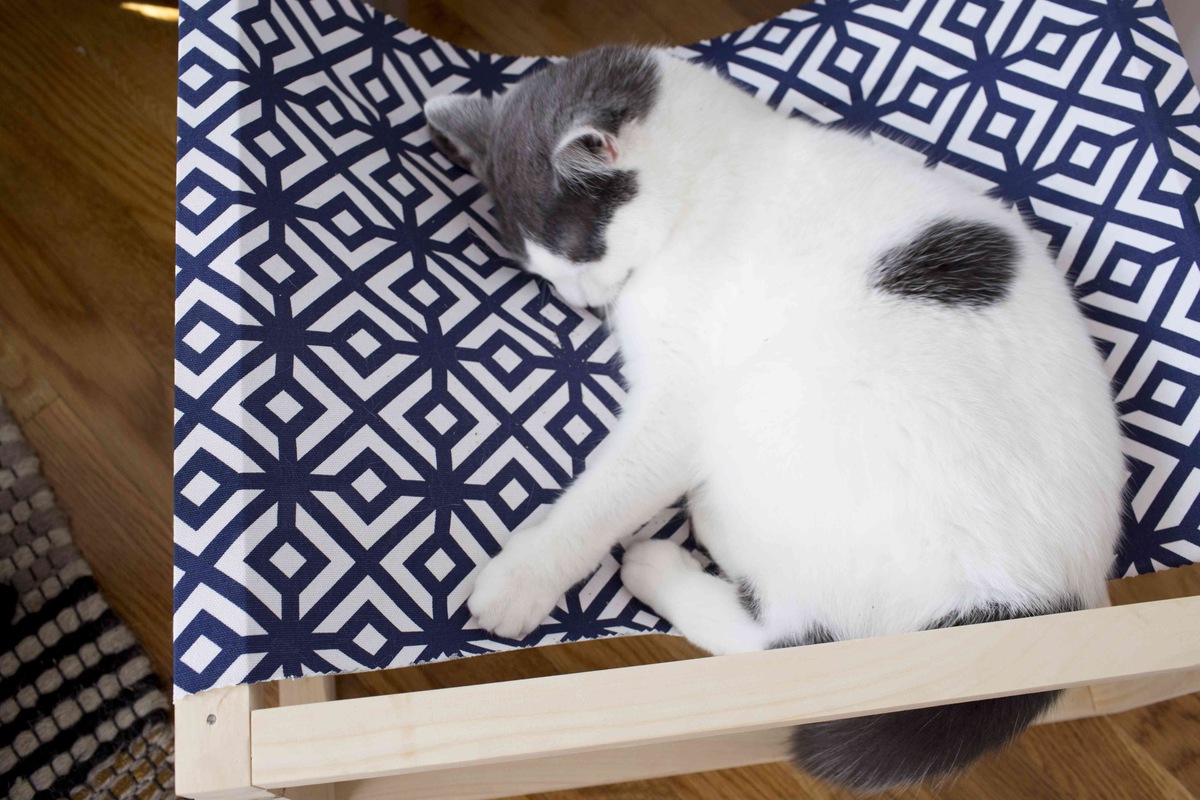

0 thoughts on “How To Store Cat Food”